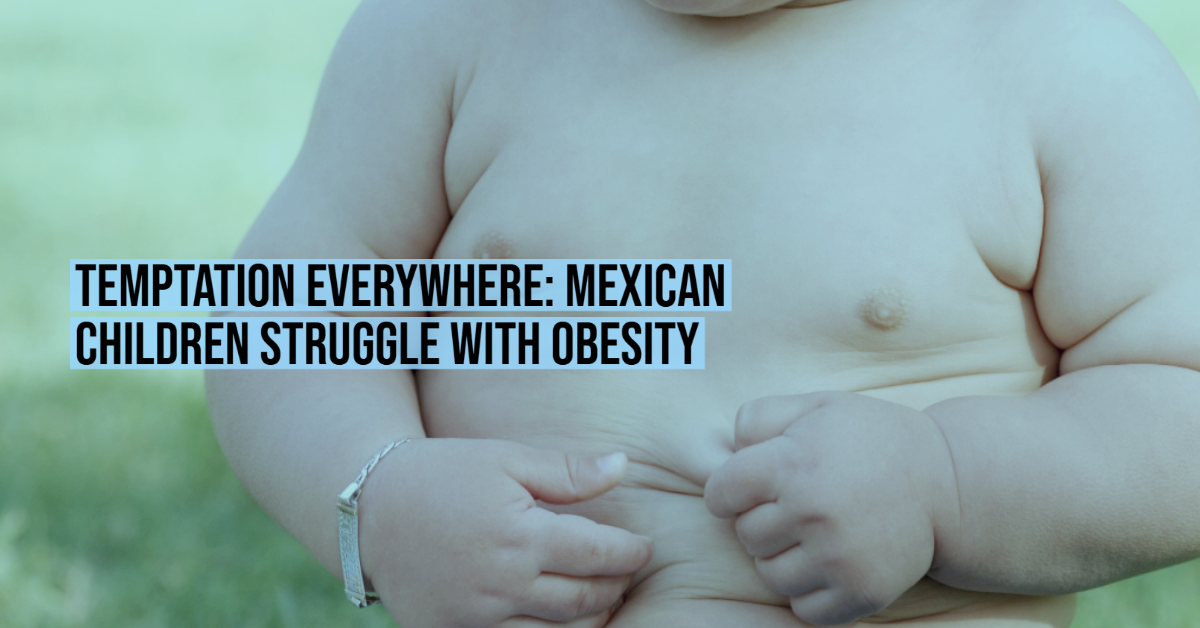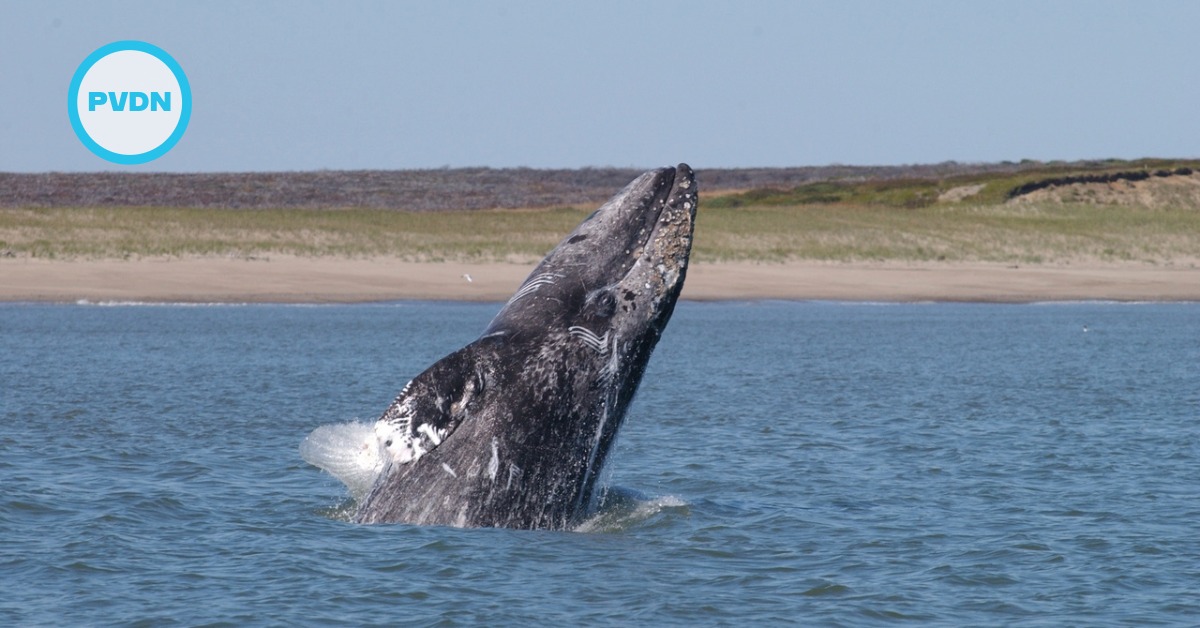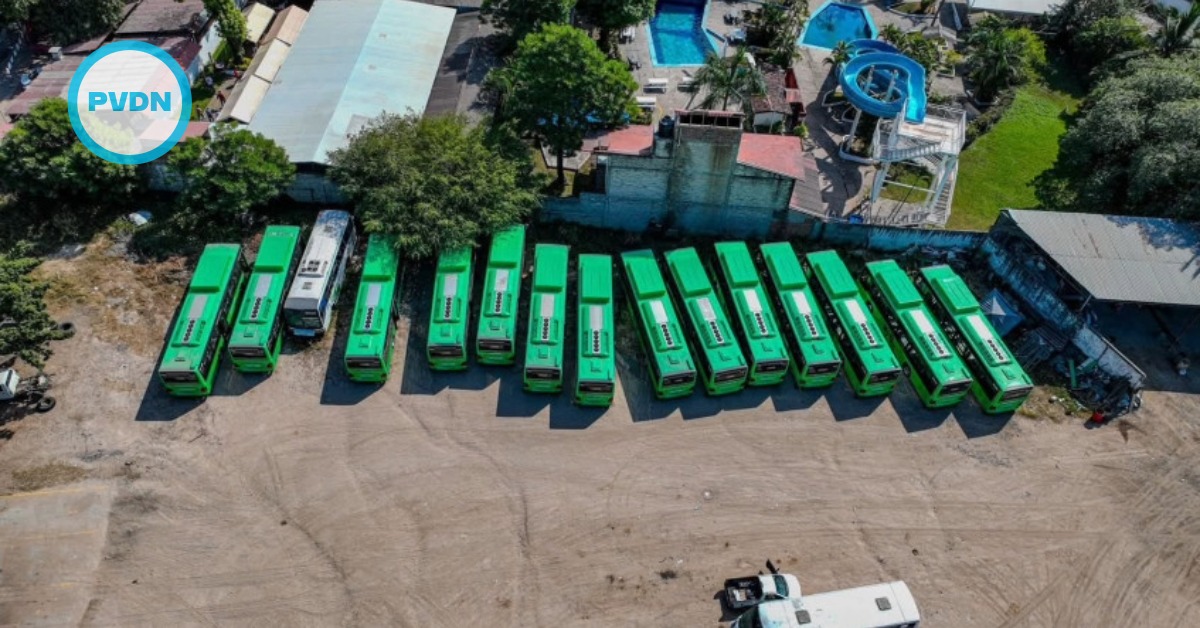TEXCOCO, Mexico, June 16 (Reuters) - Daniela was 11 years old when a doctor told her she would not live more than another six or seven years. Weighing 75 kilos (165 lb), about twice the recommended weight for her age, the Mexican girl had just suffered a minor heart attack.
That was two years ago. She still remembers the pain in her chest. Then she was also diagnosed with diabetes. Daniela knows the disease well: she watched eight family members die from its complications.
"The doctor told me that I'll die, that I'll not . . .







